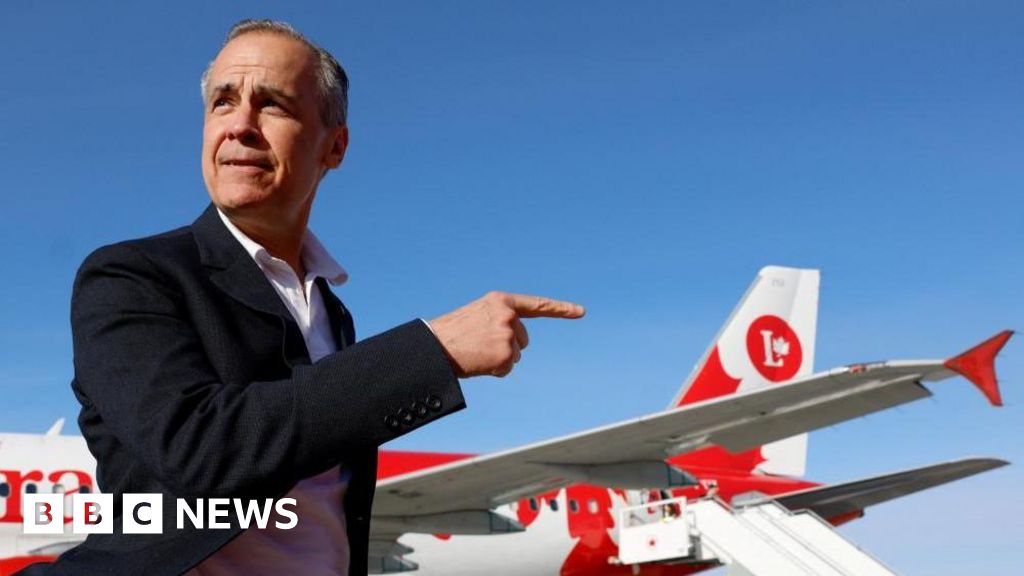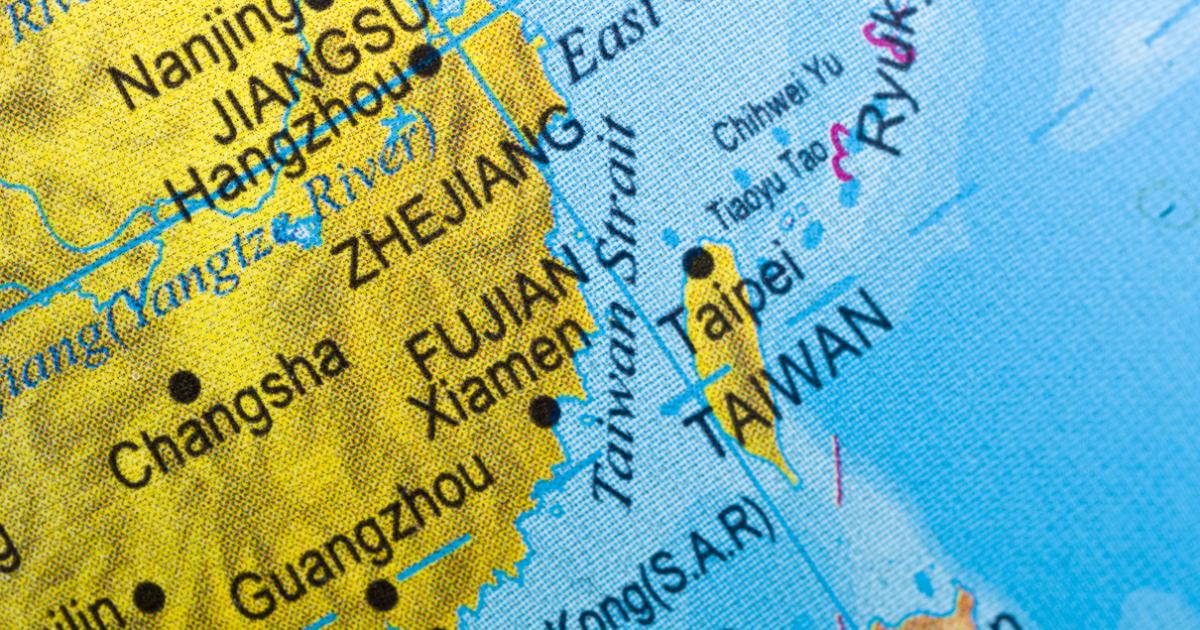India Accelerates Development of Chabahar Port to Boost Regional Connectivity

New Delhi: India is embarking on an ambitious plan to expedite the expansion of the Chabahar port and establish vital rail links extending from this strategic location to Iran's border with Central Asia. This initiative is primarily aimed at countering the influence of Pakistan's Gwadar port, which is backed by Chinese investment.
The significance of Chabahar port cannot be overstated, as it offers India a vital alternative access point to both Central Asia and Afghanistan, circumventing dependence on Pakistan and the China-Pakistan Economic Corridor (CPEC). By enhancing connectivity through Chabahar, India aims to diversify its trade avenues and bolster its geopolitical standing in the region.
Sunil Mukundan, the Managing Director of India Ports Global Ltd (IPGL), which operates the Shahid Beheshti terminal at Chabahar, revealed that Iranian authorities have indicated a key railway line connecting Chabahar to Iran's railway network is projected to be operational within a year. Additionally, there are plans to expand the port capacity fivefold to accommodate 500,000 TEUs (twenty-foot equivalent units) and to facilitate the movement of 5 million tonnes of bulk cargo over the coming year.
A TEU serves as a standard measure for container capacity, where one 20-foot container equals one TEU.
The current development strategy involves collaboration between India and Iran to fast-track the construction of a new railway route linking Chabahar port with Zahedan city. This railway connection is intended to position Chabahar as a key gateway to the International North-South Transport Corridor (INSTC), a critical trade route for countries in Central Asia and Eurasia situated to the east of the Caspian Sea, including Afghanistan.
The urgency surrounding the establishment of railway connectivity stems from the recent uptick in port operations, which have become financially viable due to increased movement of both container and dry bulk cargo. Chabahar is rapidly emerging as a crucial trading hub for India.
The timing of this announcement coincides with the anticipated visit of Iranian Foreign Minister Abbas Araqchi to India in May, during which Chabahar is expected to be a significant topic of discussion.
Recent reports indicate that Chabahar port handled a remarkable volume of cargo in the fiscal year 2025, with figures reaching approximately 80,000 TEUs and 3 million tonnes of bulk cargo. This represents a significant increase from the previous fiscal year, where the port managed just over 64,000 TEUs and around 9,000 TEUs the year prior. In terms of bulk cargo, the port recorded 2.12 million tonnes in fiscal year 2024 and 2.08 million tonnes in fiscal year 2023.
With its strategic geographical location, Chabahar has the potential to serve as a gateway for the INSTC corridor. Currently, the port is linked to the hinterland through a road network. The feasibility of connecting Chabahar to Zahedan and subsequently to Iran's existing railway network has been assessed by Iranian authorities in partnership with various stakeholders. As cargo traffic is expected to rise, the establishment of seamless road and rail connectivity from Chabahar port is critical to facilitate efficient transportation of goods. Consequently, member states of the INSTC, including Iran and India, are focusing on strengthening the port's connectivity to the surrounding areas.
Despite initial setbacks, progress on the 700-kilometer Chabahar-Zahedan railway line has been slow, even after a memorandum of understanding (MoU) was signed between Indian Railways' IRCON and Iranian Railways' Construction and Development of Transportation Infrastructures Company (CDTIC) back in 2016. The current emphasis is now on actual implementation as Chabahar is poised to become the second major commercial port in Iran, following the Shahid Rajaee Port, also known as Bandar Abbas.
For context, located just outside the strategic Strait of Hormuz, the Chabahar port provides financial and operational advantages to Central Asian and Eurasian countries situated on the eastern side of the Caspian Sea, and efforts are underway to enhance rail connectivity to position Chabahar as a preferred trading link.
In May of the previous year, India and Iran formalized a long-term contract for the development of Chabahar port after extensive negotiations. IPGL has since taken over operations at the Shahid Beheshti terminal, which comprises both a container terminal and a multi-cargo berth. This facility is already operational and providing services for both export-import (EXIM) bulk and container cargo, including various concessions to encourage utilization of Chabahar port, such as discounts and extended storage times for cargo.
The ports deep draft allows it to accommodate larger vessels, and ships calling at Chabahar benefit from reduced traffic congestion and waiting times, as it is located outside the Strait of Hormuz. The existing road connectivity to Zahedan and onwards to Zaranj in Afghanistan enables seamless transportation of humanitarian aid from India to Afghanistan via Chabahar port.
Chabahar port currently handles a diverse array of products, including automobile spare parts, agricultural goods, iron ore, and clinkers, with ongoing efforts to expand its range of available products.
Situated in the Sistan-Baluchistan province on Iran's southwestern coast, Chabahar is strategically located on the Arabian Sea and offers easy access from India's western coastline. The Kandla port in Gujarat is the nearest port to Chabahar at a distance of 550 nautical miles, while the distance from Chabahar to Mumbai is approximately 786 nautical miles. Since 2019, Chabahar has successfully managed container traffic exceeding 80,000 TEUs and bulk and general cargo surpassing 8 million tonnes.
The integration of the port with a special free zone enhances its attractiveness, while India's concessions on vessel-related charges and cargo fees further stimulate trade flows through Chabahar, thereby contributing to economic growth and bilateral cooperation.
Chabahar is envisioned as a vital component of the eastern route of the International North-South Transport Corridor (INSTC), facilitating the movement of goods between India and Central Asian nations. This collaboration between India and Iran focused on developing infrastructure and logistics along the 7,200 kilometers of the INSTC aims to reduce transportation costs and time, thus promoting trade between these regions.
India's interest in Chabahar dates back to 2003 when it pledged to assist Iran in developing the port and its associated infrastructure during then-Iranian President Khatami's visit to India. New Delhi's motivation stemmed from the port's potential as a gateway for Indian goods to reach markets in Afghanistan and Central Asia. However, progress has been sluggish over the years. In 2013, India committed $100 million for the port's development, and a Memorandum of Understanding for the development of Chabahar Port by India was signed in May 2015. The contract was executed on May 23, 2016, during a visit by the Prime Minister of India to Iran, establishing an international trade corridor that includes Chabahar as a central node. Although India agreed to invest $85 million in the development of Chabahar's Shahid Behesti terminal, the reimposition of sanctions on Iran regarding its nuclear program hindered India's ability to develop the port effectively.
Today, the renewed agreement aims to enhance regional connectivity and facilitate trade specifically among India, Iran, and Afghanistan. The India Ports Global Chabahar Free Zone (IPGCFZ), a subsidiary of IPGL, was instrumental in facilitating the first consignment of exports from Afghanistan to India in 2019. Operations have continued through short-term contracts while negotiations for a long-term agreement gained momentum with the visit of Union Minister Sonowal to Chabahar in August 2022.
Negotiations surrounding the long-term contract experienced delays due to disagreements on arbitration clauses. However, recent reports have indicated that the two sides have reached a consensus, allowing arbitration under the rules established by the UN Commission on International Trade Law (UNCITRAL).
Indias investment in the Iranian port facility marks its first venture into such infrastructure overseas. The port's current cargo handling capacity is 8 million tonnes, with plans to expand it to 18 million tonnes in the next phase, which entails additional investment estimated at 4,000 crore.
Furthermore, India is keen on fortifying its presence in key infrastructure along routes traversing the Persian Gulf region. The Adani Group of India is already operating the Haifa port in Israel, and further port deals involving Indian entities are anticipated, bolstering the country's influence on this strategic maritime routethe primary gateway for shipments moving from the Indian subcontinent to Europe.
Finally, India's significant investment plans focus heavily on the Chabahar port, given its strategic value over both China and Pakistan. Notably, Chabahar port is situated just 170 kilometers away from Pakistan's Gwadar port, underscoring its potential as a critical component in regional trade dynamics.


























